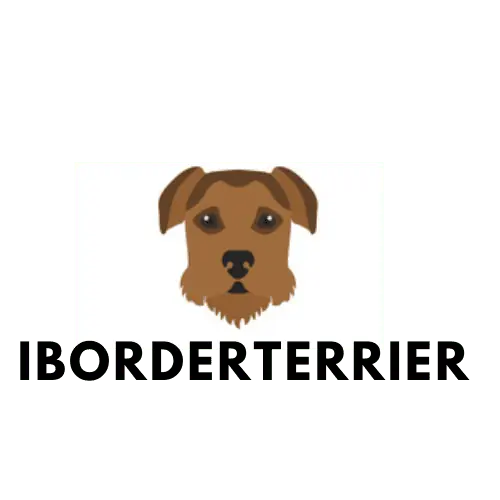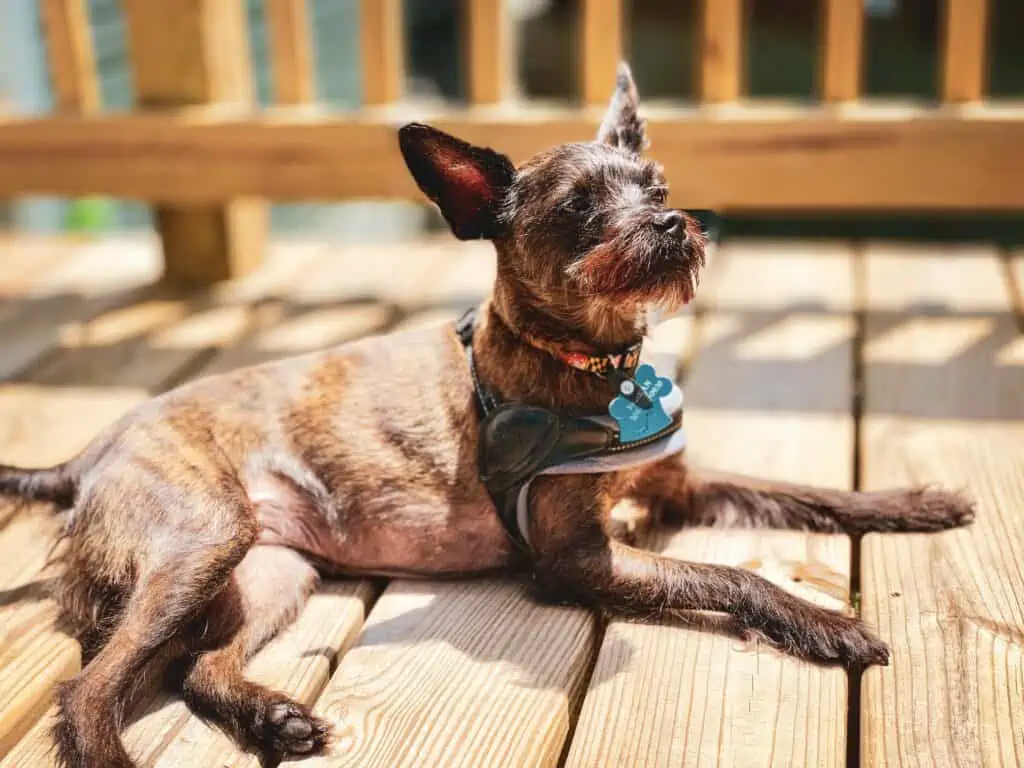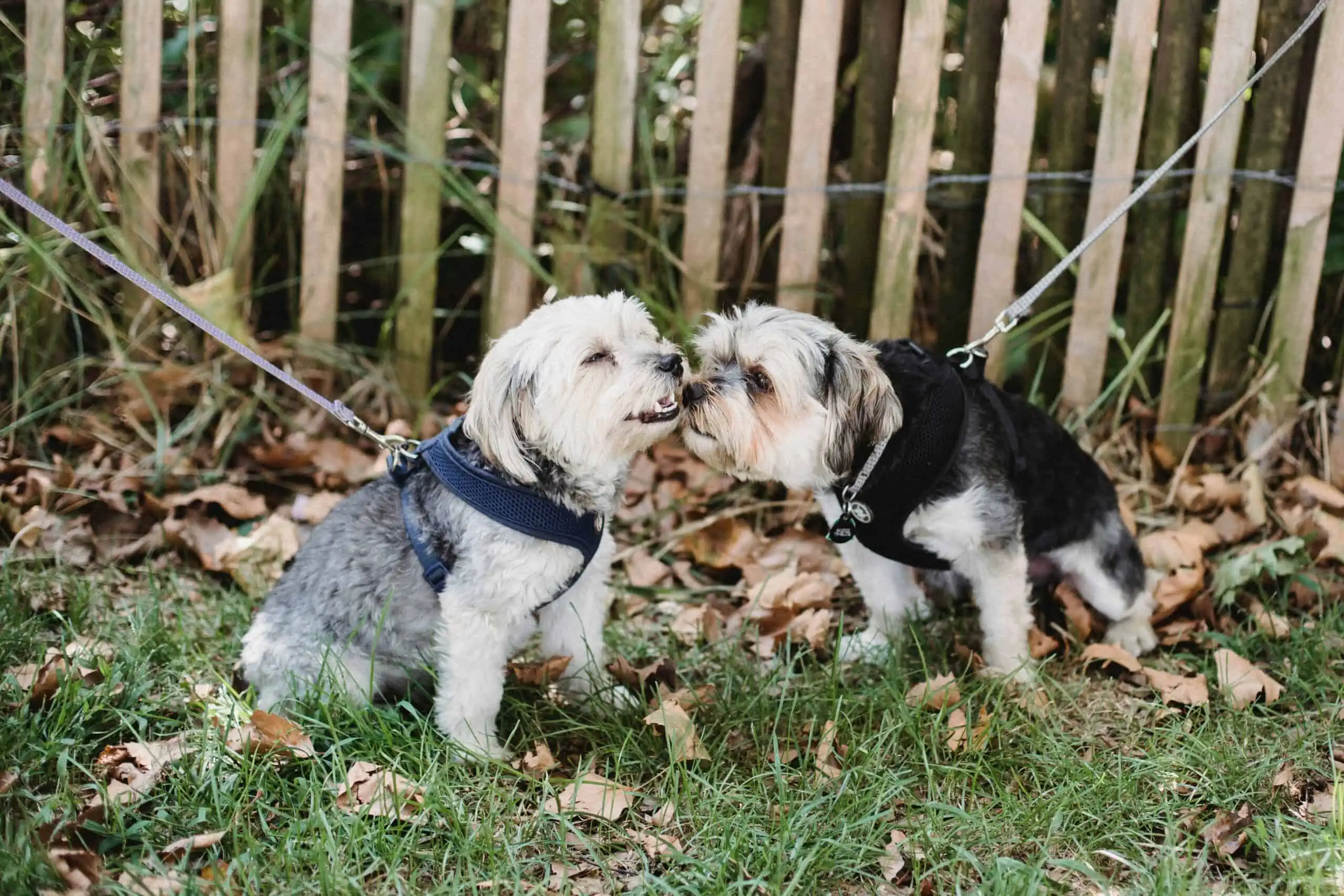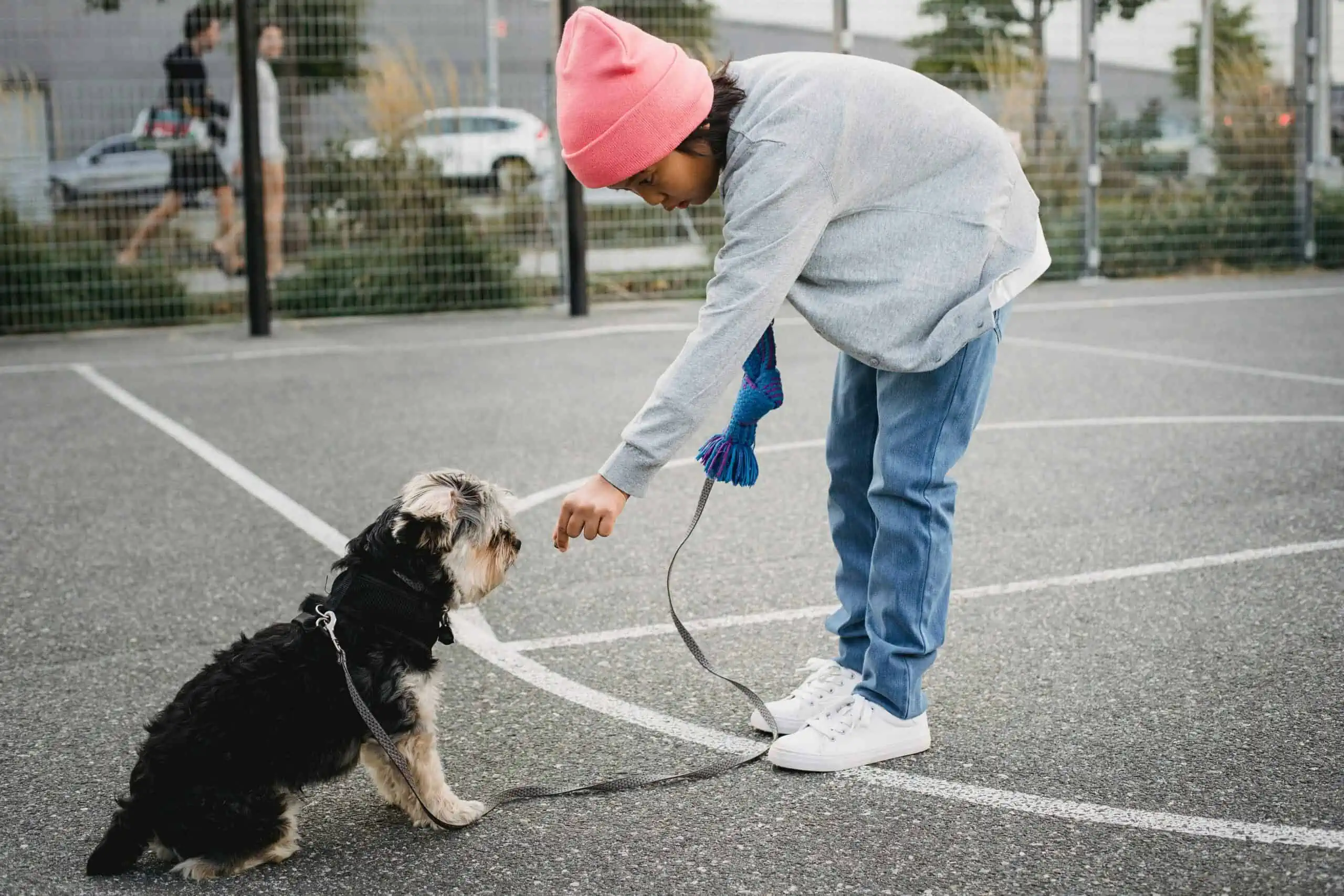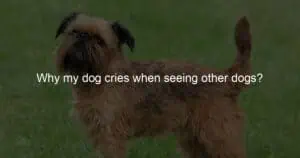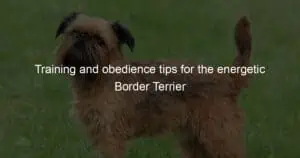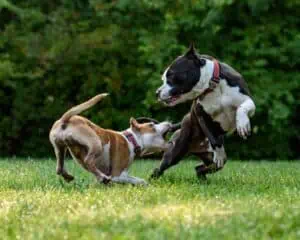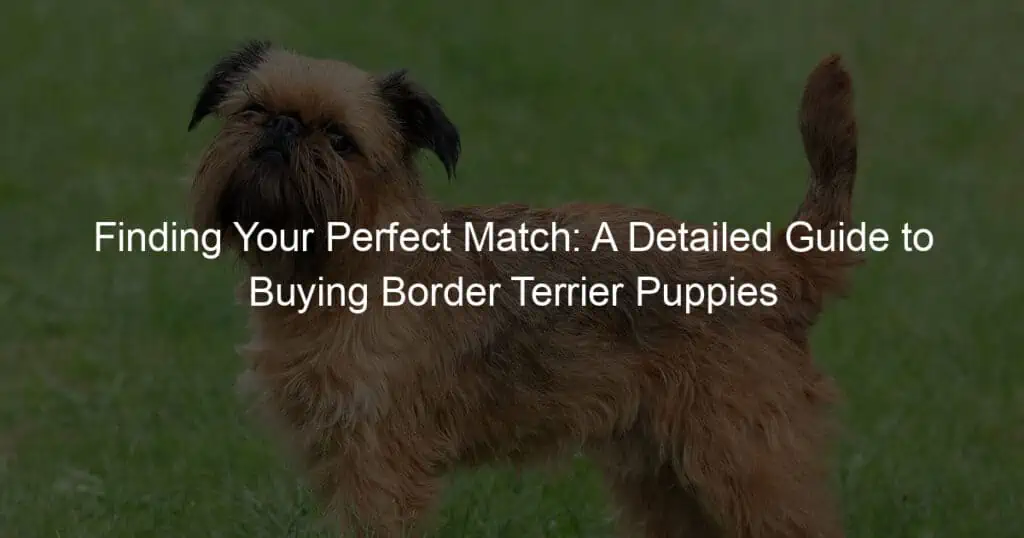If you’ve just adopted a Border Terrier, or are thinking about it, you might be wondering about the best way to train your new furry friend. This guide will give you some basic tips on Border Terrier training, including housetraining, obedience training, and socialization. With a little patience and consistency, you’ll have your Border Terrier trained in no time!
Housetraining
The first step in Border Terrier training is housetraining. The good news is that Border Terriers are relatively easy to housetrain, as they are intelligent and quick learners. The key to success is to be consistent with your method and rewards, and to be patient – Rome wasn’t built in a day!
Here Are A Few Tips To Get You Started:
- Establish a routine for taking your Border Terrier outside to do their business, and stick to it as much as possible. A good rule of thumb is to take them out after every meal, nap, and play session.
- When they relieve themselves outside, make sure to praise them lavishly – this will let them know that they’re doing the right thing!
- If they have an accident inside, never punish them – this will only make them afraid of going in front of you and make housetraining that much harder. Just clean up the mess calmly and move on.
- Be patient – it takes time for puppies (and even adult dogs) to learn where they should and shouldn’t go potty. But with consistency and positive reinforcement, they’ll get there eventually.
Learn More: Yorkie Border Terrier Mix
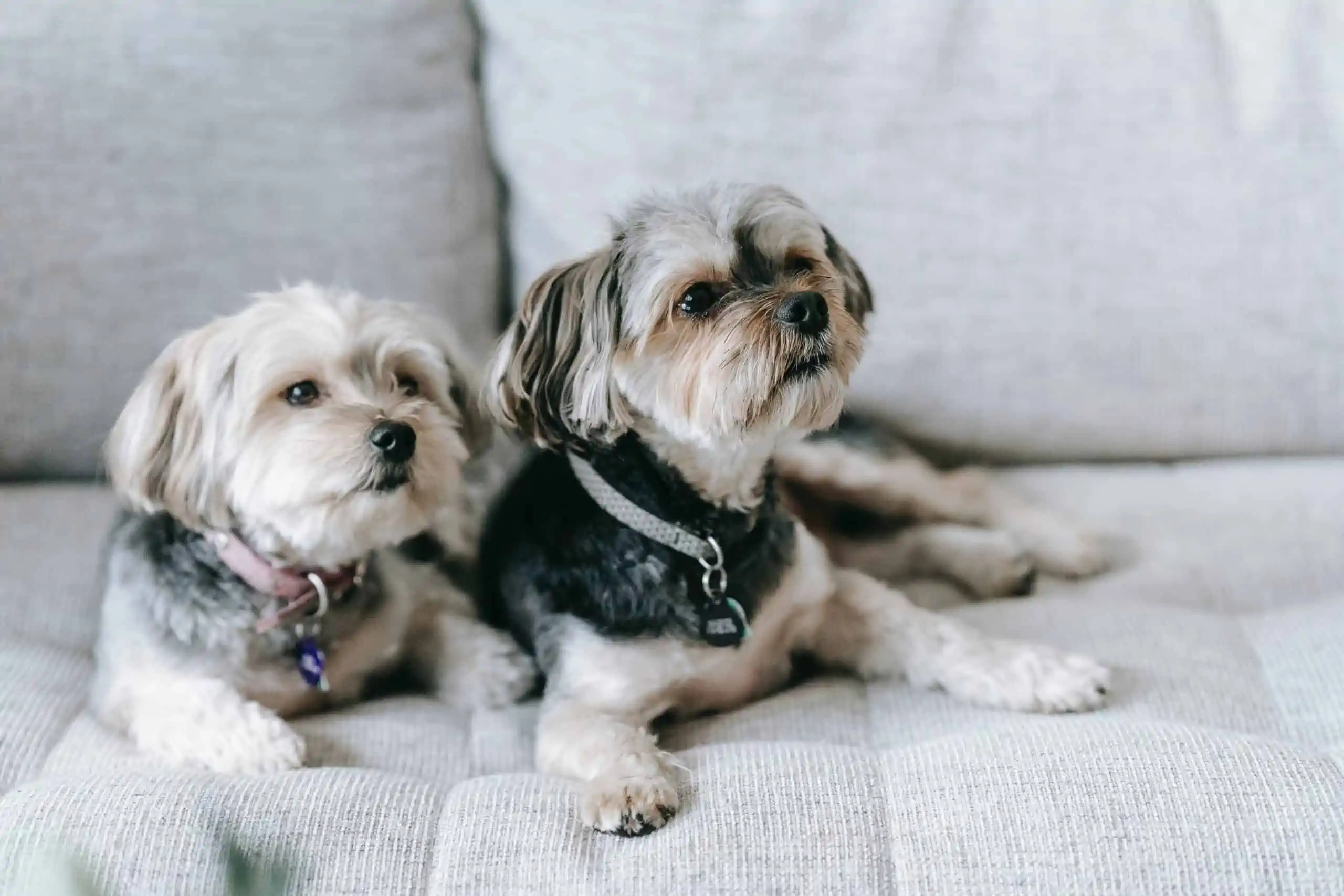
Obedience Training
Once your Border Terrier has the basics of housetraining down pat, you can move on to obedience training. This is important not only for teaching your dog basic commands like “sit” and “stay”, but also for building a strong bond between the two of you. Well-trained dogs are less likely to misbehave or act out – so it’s a win-win for both you and your furry friend!
Here Are A Few Tips For Obedience Training:
- Start with basic commands like “sit”, “stay”, “come”, and “down”. As your dog masters each one, you can move on to more complex commands.
- Use positive reinforcement – this means rewarding your dog when they obey a command, rather than punishing them when they don’t. Dogs respond much better to rewards than punishment, so use treats or verbal praise (or both!) when they do something right.
- Be consistent – if you only sometimes reward your dog for obeying a command, they’ll get confused about what’s expected of them. Make sure everyone in the family is using the same commands and rewards so that your dog knows what’s expected of them no matter who they’re interacting with.
- Be patient – just like with housetraining, it takes time for dogs to learn obedience commands. But if you’re consistent with your methods, they’ll catch on eventually!
Learn More: Australian Cattle Dog Border Terrier Mix
Socialization
Another important part of Border Terrier training is socialization – this means getting your dog used to being around other people and animals. This is important not only for their safety (a well-socialized dog is less likely to bite or attack someone) but also for their mental health – dogs who aren’t socialized can become anxious or depressed. Luckily, Border Terriers are generally friendly dogs who love people – but they still need some help getting used to being around others.
Here Are Some Tips For Socializing Your Border Terrier:
- Take them on walks around the neighborhood so that they can meet other people and animals. If another dog approaches them, make sure their leash is loose so that they can approach at their own pace without feeling constrained. Let them smell each other before moving on.
- Attend puppy classes or doggie daycare once or twice a week so that they can play with other dogs in a supervised environment. This is a great way for them to burn off energy while socializing at the same time!
- Invite friends over regularly so that your dog can get used to having people in their space. Have visitors give your dog treats so that they associate visitors with something positive (this will come in handy when guests come over unexpectedly).
- Read
Read More: Are Border Terriers Affectionate?
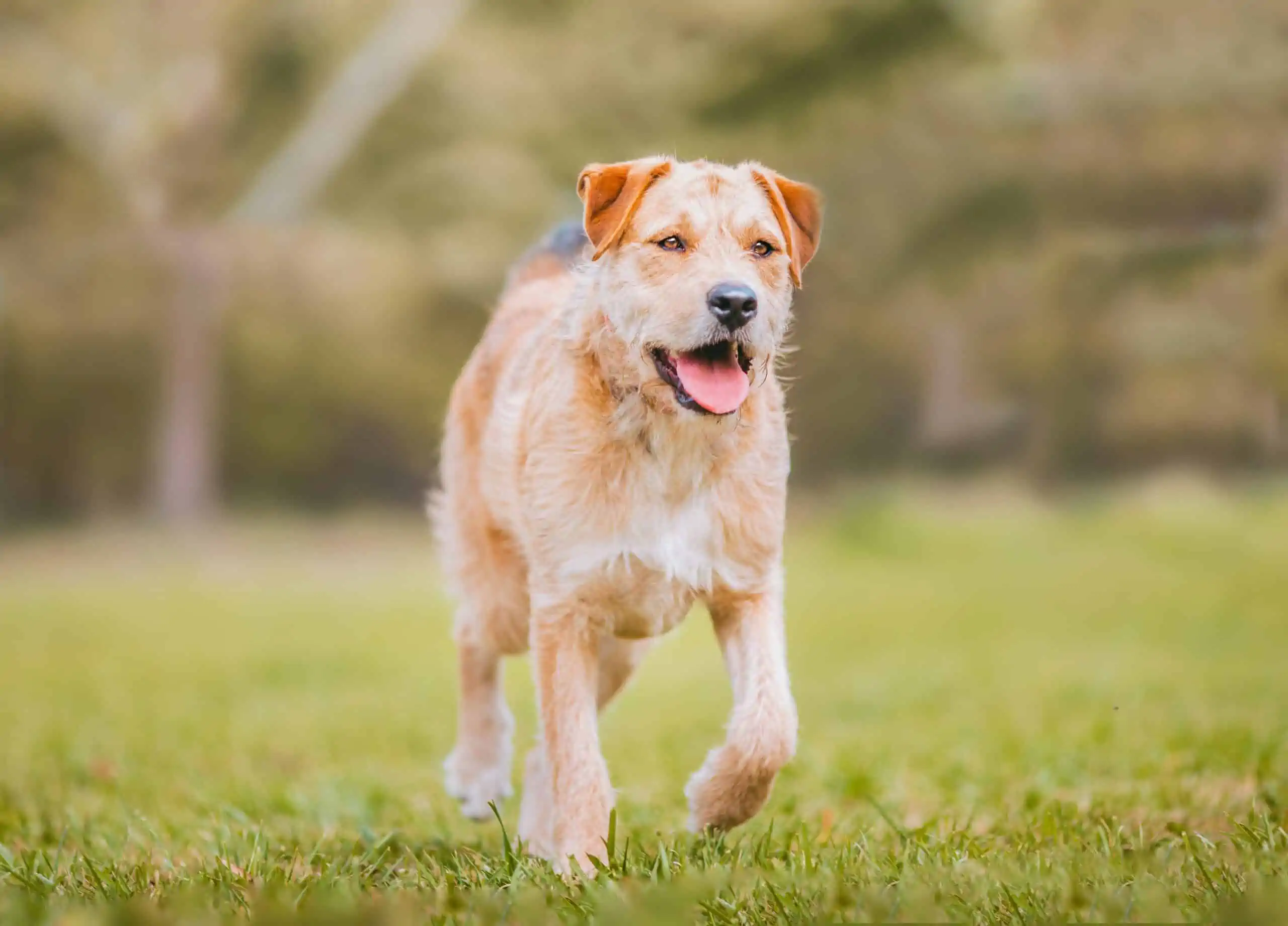
What Is Positive Reinforcement?
Positive reinforcement is a type of operant conditioning. It is a way of teaching your dog new behavior by rewarding them for good behavior. The idea is that the dog will learn that if they do what you want them to do, it will get something that they want (e.g., a treat, a toy, etc.).
There are two types of reinforcement: positive and negative.
Positive reinforcement means rewarding someone after they display the desired behavior, while negative reinforcement entails taking away unpleasant stimuli following the demonstration of said behavior. The goal is to increase the likelihood of that behavior being repeated. For example, if you give your dog a treat every time they sit on command, that is positive reinforcement. If you stop petting your dog when they jump on you and only start petting them again when they sit down, that is negative reinforcement.
In general, positive reinforcement is considered to be more effective than negative reinforcement because it does not rely on punishment or fear to teach a new behavior.
Not just obedience class dogs but other breeds of big or small dogs can be trained with positive reinforcement. This technique is the essence of training this plays a role in every type of training whether it is respect training to toilet training.
Additionally, positive reinforcement can build a stronger bond between you and your dog because it involves giving them rewards for good behavior.
Learn More: 10 Celebrities Who Own Border Terriers
What Are Some Common Positive Reinforcement Techniques?
There are many different ways that you can use positive reinforcement to train your dog. Some common techniques include:
- Treats: Giving your dog a small treat every time they do something that you want them to do is a great way to reinforce good behavior. Just be sure not to overdo it with the treats! Dogs should only get around 10% of their daily calories from treats.
- Praise: Verbal praise or petting can also be used as a form of positive reinforcement. Dogs love attention from their owners, so telling them “Good boy!” or “Good girl!” in an enthusiastic voice, whenever they do something right, can go a long way in teaching them new behaviors.
- Toys: Playing with your dog’s favorite toy can also be used as positive reinforcement. This technique works best for dogs who are highly motivated by toys.
- Life rewards: Life rewards are things like going for a walk or getting access to their favorite room in the house. They are things that your dog enjoys doing anyway, but you can use them as rewards for good behavior as well. For example, if your dog has been sitting quietly while you get ready for work in the morning, you can take them for an extra long walk as a reward when you get home.
One thing to keep in mind when training a border terrier is that they were originally bred to hunt small animals such as rabbits and guinea pigs. As a result, they have a strong prey drive and may try to chase after anything that moves.
For this reason, it’s important to give your dog plenty of exercises and provide plenty of toys and chew bones to keep them occupied. Also, check how much exercise he needs and keep track. With patience and persistence, you can successfully train your border terrier to be a well-mannered dog.
What age do Border Terriers need to be trained?
The ideal time to begin training a border terrier is between the ages of 8 and 12 weeks, although depending on their personality some might benefit from beginning at an earlier age. During this period they are learning how to interact with humans and other animals as well as developing basic behaviors that will be important throughout their life.
It’s important not to wait too long before starting the training process, because after 12 weeks they may become less receptive to commands or cues and more difficult to train successfully. Training should continue until the dog reaches adulthood, which is around one year old for a border terrier.
By focusing on positive reinforcement techniques you can help your pet develop good behaviors that will last them a lifetime. With patience, consistency, and lots of treats, you can help your border terrier become the well-behaved canine companion you’ve been hoping for.
Don’t forget that training should also be fun for both of you, so make sure to reward and praise your pup when they do something right.
How long does it take to train a Border Terrier?
It can take several weeks to months of consistent training and repetition before a border terrier can understand commands and cues. Every dog learns at their rate, so the amount of time it takes for them to comprehend your expectations will depend on their personality and ability.
For example, if you have a particularly smart pup then they may grasp new concepts quickly, whereas if you have an older pet who is set in their ways then it may take longer for them to get up to speed.
Generally speaking, most owners will need to dedicate at least 3-4 months of consistent daily training sessions for their pup to reach a basic level of obedience. However, this isn’t a hard and fast rule; some dogs might pick things up faster than others, so you could potentially finish the training process at an earlier date.
In any case, it’s important to remain patient and consistent throughout the training process for your efforts to be successful.
How do I teach my Border Terrier to stay on command?
One of the most important commands for a border terrier to learn is “stay”. To teach your pup this command, you will need to use positive reinforcement techniques such as treats and verbal praise.
Start by having your dog sit down, then say “stay” while holding up a treat in front of them. As soon as they stay still, give them the treat and provide plenty of verbal praise.
Then take a few steps back and repeat the process until you can move further away from your pup without them getting distracted or moving away from their spot. If your pet moves away before you reach the endpoint, simply start again and continue practicing until they comprehend what is expected of them.
With patience, consistency, and plenty of treats, your pup will eventually learn to stay on command. It’s important to remember that all dogs are different and may need more or less time to master a new skill, so don’t be discouraged if it takes longer than expected.
Can Border Terriers be trained for agility or other dog sports?
Yes, border terriers are intelligent and athletic dogs that make excellent agility competitors. Agility is a sport where the dog must navigate an obstacle course in a specific order based on the handler’s commands.
This activity can help to stimulate both their body and mind while providing plenty of physical exercises. It’s important to ensure that your pet is physically capable of competing before beginning any intense training program; if your pup is injured or too young then it’s best to skip this activity for now.
With positive reinforcement techniques such as treats and verbal praise, you can teach your pup all the necessary skills they need to succeed in agility competitions. Additionally, with practice and consistency, you can help your border terrier develop good behaviors that will last them a lifetime.
So, if you’re looking for an exciting and rewarding activity to share with your canine companion, agility could be the perfect fit!
How to train Border Terrier to stop digging in inappropriate areas?
Digging is a natural behavior for border terriers and it can be difficult to stop them from engaging in this activity. However, there are some steps that you can take to reduce the likelihood of your pet digging in inappropriate areas.
Start by providing plenty of outlets for their energy and enthusiasm; this could include going for long walks or playing with interactive toys. Additionally, make sure that they have access to an area where they can safely dig such as a sandbox or designated patch of dirt.
If your pup does try to dig somewhere other than these locations then redirect their attention elsewhere with a toy or treat and provide plenty of verbal praise when they comply with your command. With patience, consistency, and positive reinforcement techniques you can help your border terrier learn that digging in inappropriate areas is not acceptable.
Additionally, make sure to provide plenty of praise and rewards for good behavior; this will help your pet learn the expectations more quickly and can help to prevent future bad habits from forming. With patience, consistency, and lots of treats, you can help your border terrier become a well-behaved canine companion!
How to train Border Terrier to walk on a leash without pulling?
Start by selecting the right leash and collar for your pup. A lightweight harness with a comfortable fit is ideal to prevent choking or pulling. Once you have the perfect setup, it’s time to start training!
Begin by having your pup wear their leash indoors first to get them used to wearing it and keep an eye on them so that they don’t become tangled up in furniture. When out walking, use positive reinforcement techniques such as treats and verbal praise when your pup follows commands, but never scold them for mistakes.
Simply stop and try again after a few seconds. Additionally, make sure to always provide plenty of rewards when they do something right; this will help reinforce good behaviors and motivate your pet to continue listening to commands.
With consistency and patience, your border terrier will soon understand what is expected of them and can learn to walk without pulling on the leash.
| Training Aspect | Description |
|---|---|
| Socialization | Introduce your Border Terrier to different people, animals, and environments during the critical socialization period. |
| Basic Commands | Teach your Border Terrier basic commands like sit, stay, come, and down. Use positive reinforcement and short training sessions. |
| House Training | Start house training your Border Terrier as soon as possible. Consistency and positive reinforcement are key. |
| Crate Training | Use a crate to train your Border Terrier to sleep through the night and for confinement during house training. Make sure the crate is the appropriate size and comfortable for your dog. |
| Leash Training | Start leash training your Border Terrier early and use positive reinforcement. Train your dog to walk on a loose leash and avoid pulling. |
| Obedience Training | Consider enrolling your Border Terrier in an obedience training class to improve its behavior and teach more advanced commands. |
| Clicker Training | Use a clicker to mark desirable behavior and reinforce positive actions. |
| Agility Training | Border Terriers excel in agility and other dog sports. Consider training your dog for competition or just for fun. |
| Behavior Modification | If your Border Terrier displays problematic behavior, consider consulting a professional trainer or behaviorist. |
| Continuous Training | Continue training your Border Terrier throughout their life to reinforce good behavior and prevent regression. |
Conclusion
Border Terriers are intelligent dogs who are relatively easy to train with consistency and patience. Housetraining, obedience training, and socialization are all important parts of training border terriers. With a little time and effort, you’ll have your border terrier trained in no time!
Read More: How To Groom A Border Terrier Face For A Healthier Look
